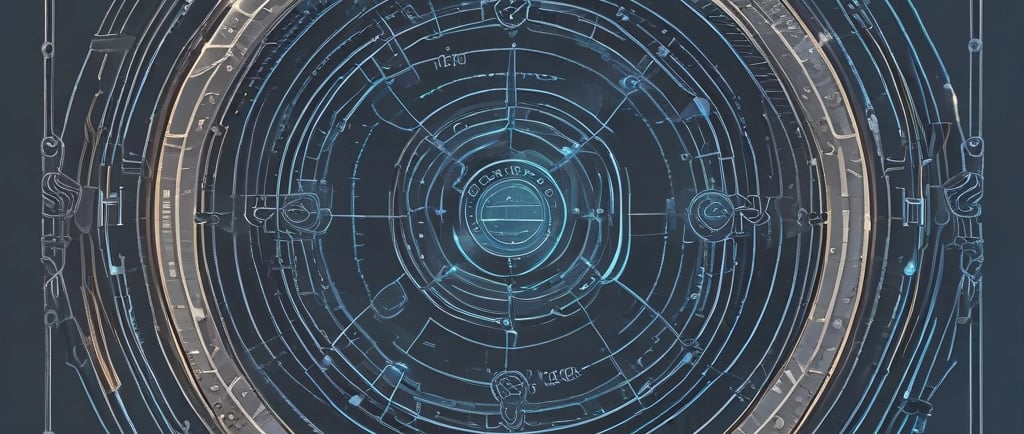Add your promotional text...

Secure Blockchain
Premium blockchain domain available for sale.
Decentralization is the new frontier of trust.
★★★★★
Understanding Blockchain Technology: A Comprehensive Guide
Blockchain technology has emerged as a revolutionary force, transforming industries through decentralized, secure, and transparent systems. This post briefly explores its history, core principles, real-world applications, and future potential.
2 min read


A Brief History of Blockchain
Blockchain’s roots trace back decades before Bitcoin. Key milestones include:
1982: David Chaum proposed a blockchain-like protocol for secure digital communication.
1991: Stuart Haber and W. Scott Stornetta developed cryptographic timestamping to prevent document tampering.
2008: Satoshi Nakamoto introduced blockchain in the Bitcoin whitepaper, solving the "double-spending" problem for digital currencies.
2015: Ethereum expanded blockchain’s utility by enabling programmable "smart contracts."
By 2025, blockchain has evolved beyond finance, with applications in supply chains, healthcare, and governance.
How Blockchain Works
Blockchain is a decentralized digital ledger that records transactions across a network of computers. Key components include:
Blocks: Data containers storing transaction details (e.g., sender, receiver, amount).
Hashes: Unique cryptographic codes linking blocks, ensuring immutability.
Consensus Mechanisms: Protocols like Proof of Work (PoW) or Proof of Stake (PoS) validate transactions.
For example, Bitcoin miners solve complex mathematical puzzles (PoW) to add blocks, earning rewards in return.
Decentralization: The Heart of Blockchain
Decentralization distributes control across a network, eliminating reliance on central authorities.
Trustless Environment: Transactions are verified by network consensus, not intermediaries.
Resilience: No single point of failure, reducing hacking risks.
Current Application Examples
Blockchain’s versatility spans multiple sectors:
1. Finance & Banking
Cross-Border Payments: Ripple reduces transaction times from days to seconds.
Decentralized Finance (DeFi): Platforms like Uniswap enable peer-to-peer lending and trading.
2. Supply Chain Management
Walmart: Uses blockchain to trace food origins, improving recall efficiency.
3. Healthcare
Patient Records: Securely shared across providers, ensuring privacy and accuracy.
4. Government
Estonia and Georgia: Use blockchain for tamper-proof land registries.
Privacy in Blockchain
While blockchain offers transparency, privacy remains a priority:
Zero-Knowledge Proofs (ZKPs): Validate transactions without revealing details (e.g., Zcash).
Ring Signatures: Obscure sender identities (e.g., Monero).
Mixing Services: Combine transactions to anonymize funds.
Challenges:
Public Blockchains: Expose transaction histories, risking deanonymization through data analysis.
Private Keys: If lost, grant irreversible access to assets.
Future Potential Examples
Blockchain’s next frontier includes:
AI Integration: Smart contracts automating complex workflows (e.g., insurance claims).
Sustainable Solutions: Transitioning from energy-intensive PoW to eco-friendly PoS (e.g., Ethereum).
Decentralized Governance: Transparent voting systems to reduce electoral fraud.
Summary
Blockchain technology redefines trust in digital interactions, offering security, efficiency, and innovation across industries. As it evolves, balancing transparency with privacy and scalability with sustainability will shape its role in tomorrow’s world. Whether you’re a student, developer, or enthusiast, understanding blockchain is key to navigating the future of technology.